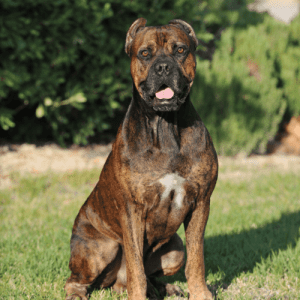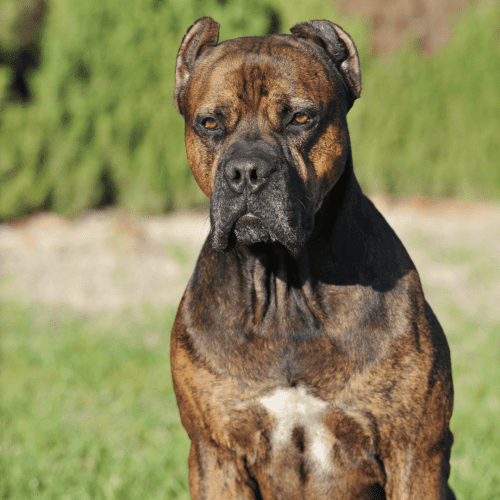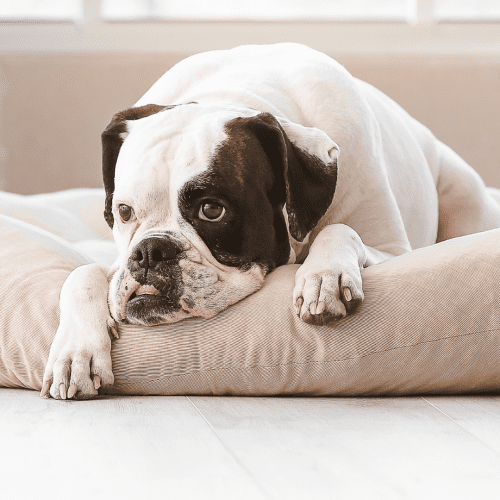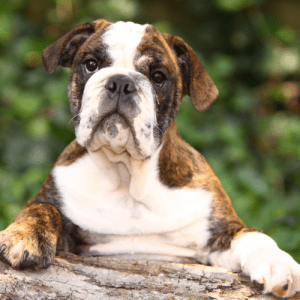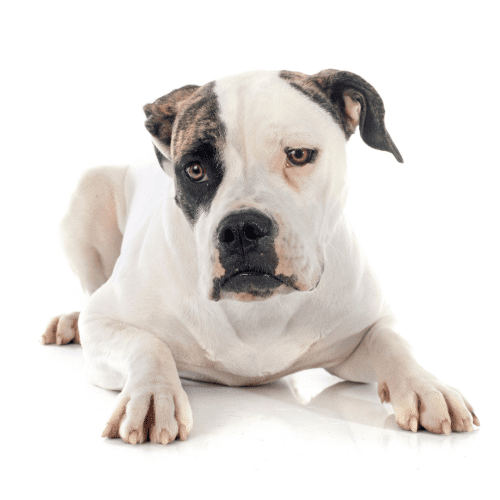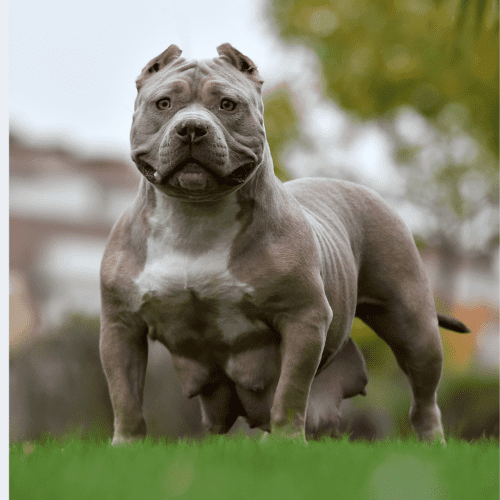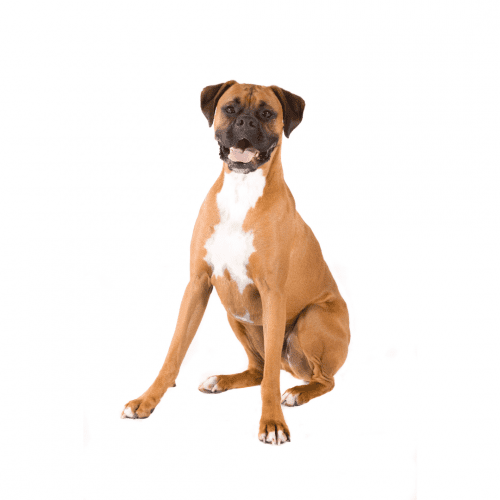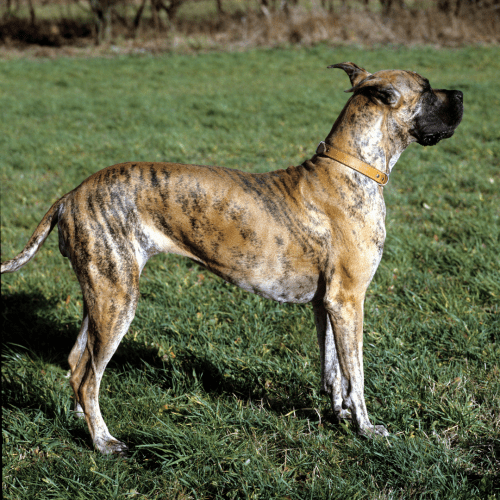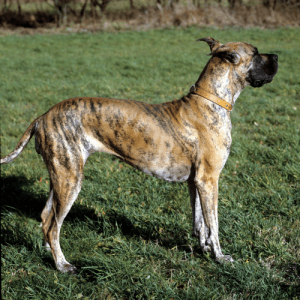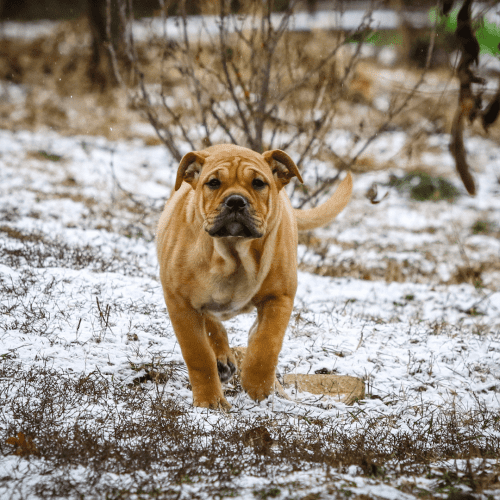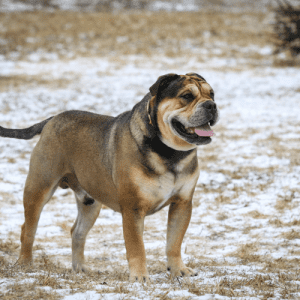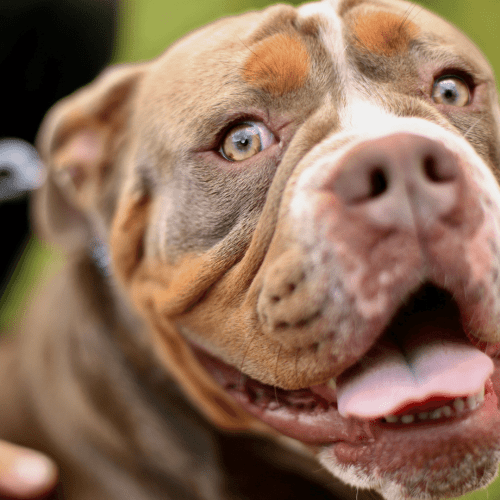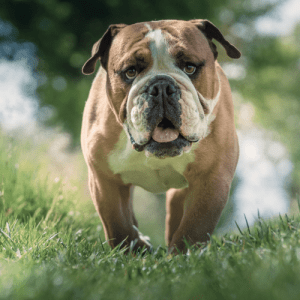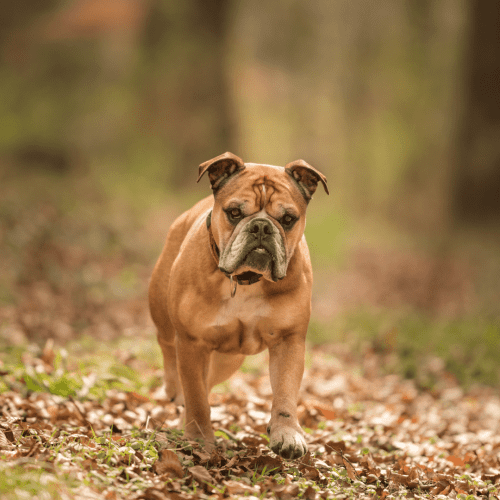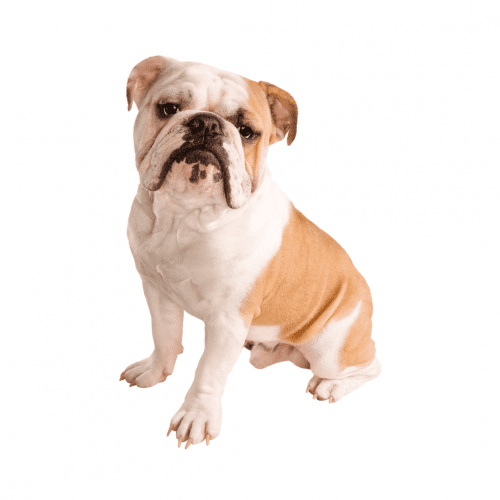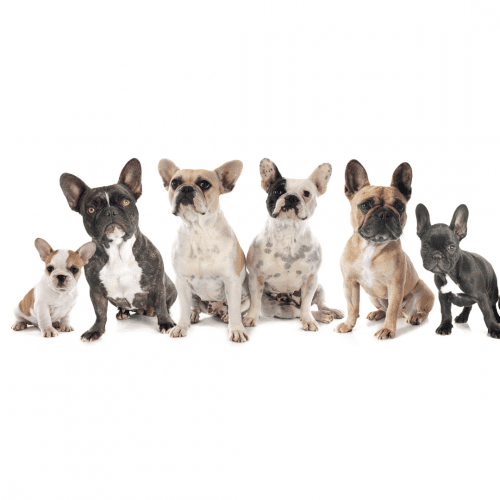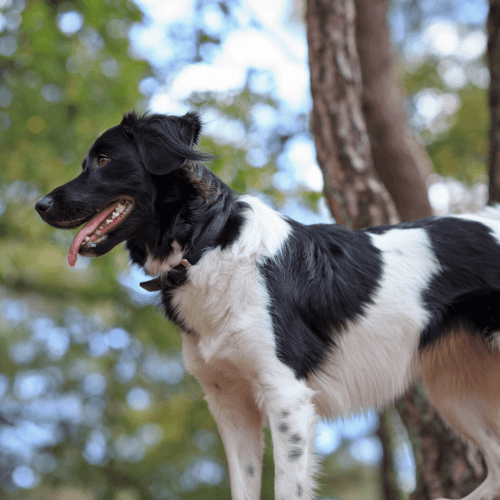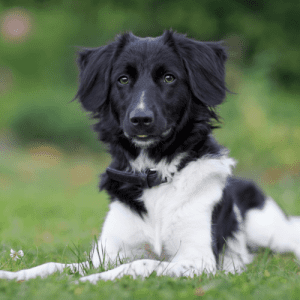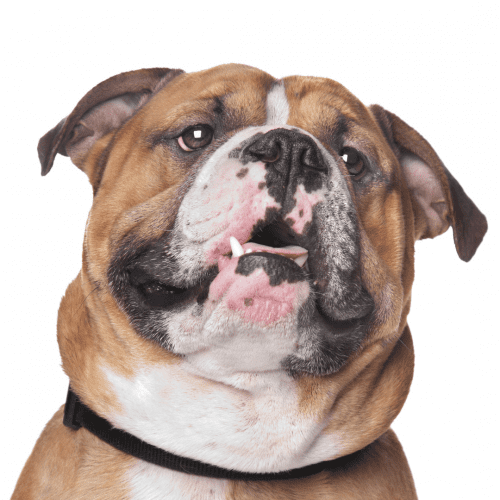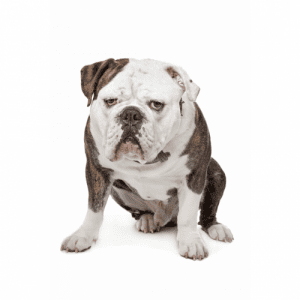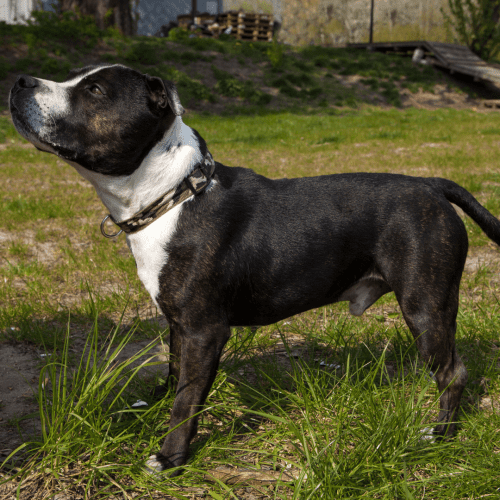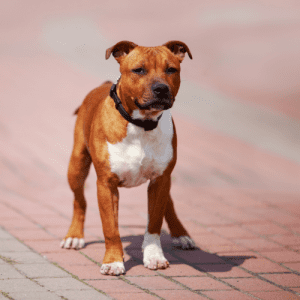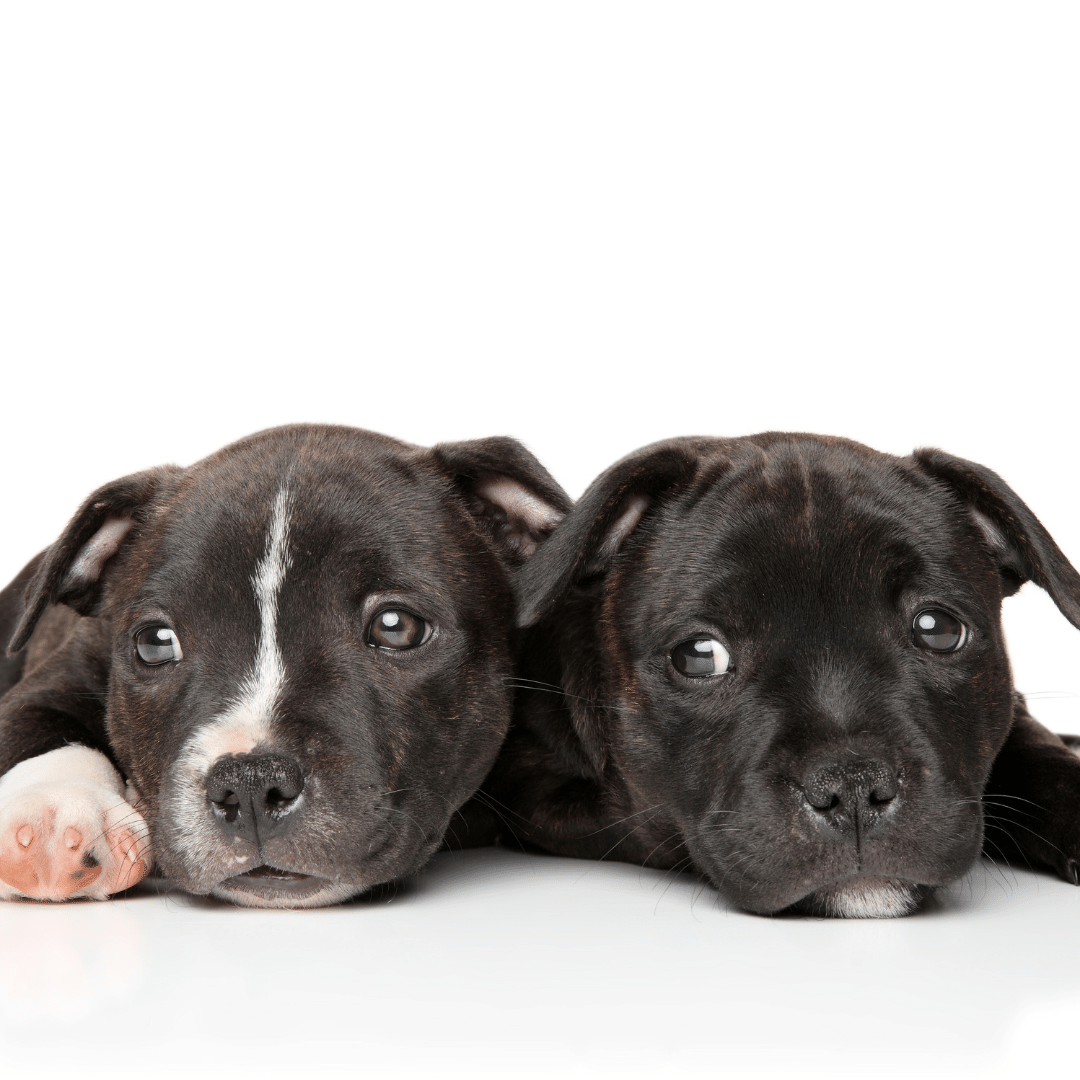The bulldog is a popular breed of dog known for its calm temperament, low energy level and signature underbite. Bulldogs make great family pets and are often recommended for first-time dog owners. This breed requires minimal exercise and is adaptable to a variety of living situations. As with all dogs, however, it is important to properly socialize and train your bulldog from an early age to avoid problem behaviors. If you’re considering adding a bulldog to your family, read on for more information about this interesting dog breed.
Bulldogs, these resilient and tenacious companions, are like sturdy anchors of the dog kingdom.
Just like a lighthouse guides ships through treacherous waters, Bulldogs have guided their way into the hearts and homes of dog enthusiasts around the globe.
But what sets them apart from other breeds? What is their origin story, and how have they become integral to various human activities?
Get ready to explore the fascinating world of Bulldogs, uncovering their unique traits, diverse roles, and captivating individuals who find solace in their loyal companionship.
The Bulldog dog breed, known for its distinct appearance and gentle temperament, is a medium-sized breed originating from England. With a history dating back to the 13th century, Bulldogs were initially bred for bull-baiting, a popular sport. However, as bull-baiting was eventually banned, Bulldogs transitioned into companion animals and became popular among families.
In terms of temperament, Bulldogs are known for their friendly and affectionate nature. Despite their tough-looking exterior, they’re incredibly gentle and patient, making them excellent companions for children. However, it’s important to note that Bulldogs can sometimes be stubborn, making training a crucial aspect of their care. Consistent and positive reinforcement methods are recommended to ensure successful training.
In terms of health, Bulldogs are prone to certain conditions due to their unique physical characteristics. They’re susceptible to respiratory issues, such as brachycephalic syndrome, and may require special care in hot weather. Additionally, Bulldogs may experience joint problems and allergies. Regular visits to the veterinarian and a balanced diet are essential for maintaining their overall health.
In terms of appearance, Bulldogs are known for their muscular build, wrinkled face, and distinctive pushed-in nose. They have a short, smooth coat in various colors, including brindle, fawn, and white. Bulldogs have sturdy, stocky bodies with medium-sized heads and strong jaws.
Distinguishing itself from other dog breeds, the Bulldog possesses a unique combination of physical and temperament traits. One of the key factors that sets Bulldogs apart is their friendly and docile temperament. They’re known to be gentle and affectionate, making them excellent companions and beloved family pets.
In terms of appearance, Bulldogs have a distinctive wrinkled face that’s instantly recognizable. Their short, stocky bodies and large heads give them a solid and robust appearance. These physical features contribute to their charm and appeal.
While Bulldogs are famous and adored by many, it’s essential to be aware of their health issues. They’re prone to respiratory problems due to their short noses and compact airways. This can make them vulnerable to overheating and breathing difficulties. Providing them with proper care and attention is crucial to ensure their well-being.
Training Bulldogs can present some challenges. They can be stubborn and independent at times, requiring patience and consistency. Using positive reinforcement techniques and reward-based training methods is recommended to motivate them. Consistency and clear communication are essential to successfully training a Bulldog.
Bulldogs belong to a group of dog breeds known for their unique combination of physical characteristics and temperament traits. The Bulldog group includes various breeds, each with distinct features and qualities. Among the most well-known breeds in this group are the English Bulldog, French Bulldog, and American Bulldog.
The English Bulldog, with its distinctive wrinkled face and muscular build, is a popular member of the Bulldog group. However, it’s important to note that Bulldogs, including the English Bulldogs, are prone to several common health issues. These include respiratory problems, skin allergies, and joint disorders. Regular veterinary check-ups and a balanced diet can help prevent or manage these issues.
When training Bulldogs, it’s crucial to use positive reinforcement techniques and be patient and consistent. Bulldogs are sometimes known to be stubborn, so training sessions should be short and engaging to keep their attention.
Over the years, Bulldogs have gained popularity as pets, and many famous individuals have owned them. Some notable bulldog owners include celebrities like Adam Sandler and Leonardo DiCaprio.
If you’re interested in adopting a Bulldog, several rescue organizations are dedicated to finding loving homes for these dogs. These organizations work tirelessly to rehabilitate and rehome Bulldogs in need.
Originating in England, the Bulldog breed has a fascinating history that dates back centuries. The origin of the Bulldog is unclear, but it’s believed to have descended from ancient mastiff-type dogs used for bull-baiting in medieval England. These dogs were bred for their strength, tenacity, and courage. Over time, as bull-baiting became less popular, the Bulldog’s role shifted to that of a companion and guard dog.
The Bulldog’s history is closely tied to its unique characteristics. Its distinctive appearance, with a pushed-in face and muscular build, results from selective breeding for specific traits. The breed’s popularity soared in the 18th and 19th centuries, with Bulldogs becoming a symbol of British culture. They were often depicted in art and literature, further cementing their historical place.
Today, the Bulldog remains a beloved breed known for its friendly and affectionate nature. Modern Bulldogs are gentle and loyal companions despite their past association with aggression. Breed standards have been developed to preserve and maintain the Bulldog’s unique characteristics, including its distinctive head shape and stocky body.
The Bulldog breed has found various uses throughout history as companions and guard dogs. The history of Bulldogs can be traced back to England, where they were initially bred for bull-baiting. However, when bull-baiting was banned in the 19th century, Bulldogs faced extinction. Thankfully, enthusiasts worked to preserve the breed, and Bulldogs eventually found a new role as companions.
Bulldogs are known for their calm and friendly temperament, making them excellent family pets. They’re loyal, affectionate, and gentle, making them great companions for children and adults. Due to their friendly nature, Bulldogs are often used as therapy dogs, bringing comfort and joy to people in hospitals and nursing homes.
Bulldogs can be stubborn in terms of training, but with patience and positive reinforcement, they can be trained effectively. Early socialization and obedience training are crucial to ensure a well-behaved Bulldog.
Regarding health, Bulldogs are prone to certain conditions, such as respiratory issues, skin allergies, and joint problems. Regular exercise, a balanced diet, and routine veterinary care are essential to keep them healthy.
In recent years, Bulldogs have gained popularity as family pets worldwide. Their unique appearance, friendly temperament, and adaptability make them a favorite choice for many households.
To summarize, Bulldogs have transitioned from their historical role in bull-baiting to becoming beloved companions and therapy dogs. Their friendly temperament, although sometimes stubborn, makes them excellent family pets. However, it’s essential to be mindful of their health issues and provide them with the necessary care. With their increasing popularity, Bulldogs continue to bring happiness and companionship to countless individuals and families.
People from various backgrounds and lifestyles connect with Bulldogs due to their friendly temperament and adaptability. Bulldog enthusiasts, owners, breeders, rescue organizations, and lovers are all types of people who form strong connections with this breed.
Bulldog enthusiasts are individuals who have a deep passion for Bulldogs. They’re often involved in activities such as attending dog shows, participating in Bulldog clubs, and staying up-to-date with the latest breed information. These enthusiasts are committed to promoting and preserving the breed’s unique qualities.
Bulldog owners come from all walks of life. Whether you’re a single individual, a couple, or a family with children, Bulldogs can fit into your lifestyle. Their easygoing nature and affectionate demeanor make them excellent companions for people of all ages.
Bulldog breeders play a crucial role in maintaining the breed’s standards and improving its overall health. These dedicated individuals carefully select breeding pairs, ensuring that the puppies they produce are healthy and well-socialized.
Bulldog rescue organizations are actively involved in rescuing and rehoming Bulldogs in need. They provide a haven for Bulldogs who’ve been abandoned, neglected, or surrendered, and work tirelessly to find them loving forever homes.
When exploring additional relevant facts about Bulldogs, it’s essential to understand their distinctive physical characteristics and health considerations.
Bulldogs are known for their unique appearance, characterized by their wrinkled face, pushed-in nose, and muscular build. Their short coat comes in various colors, including brindle, fawn, white, and piebald. Despite their stocky build, Bulldogs require regular exercise to maintain a healthy weight and prevent obesity, which can lead to respiratory problems. It’s worth noting that Bulldogs are prone to specific health issues, including breathing difficulties, skin allergies, hip dysplasia, and eye problems. Regular visits to the veterinarian and proper care are essential for their well-being.
Regarding temperament, Bulldogs are generally friendly, calm, and affectionate. They’re known to be excellent family pets who are patient and gentle with children. Bulldogs are also known for their loyalty and protective nature, making them good watchdogs. However, they can be stubborn sometimes, making training a bit challenging. Consistent and positive reinforcement-based training methods work best for Bulldogs.
Bulldogs have gained popularity throughout history and have been featured in popular culture. Some famous Bulldogs include the University of Georgia’s mascot, Uga, and the English Bulldog, Churchill. These dogs have become iconic representations of the breed.
